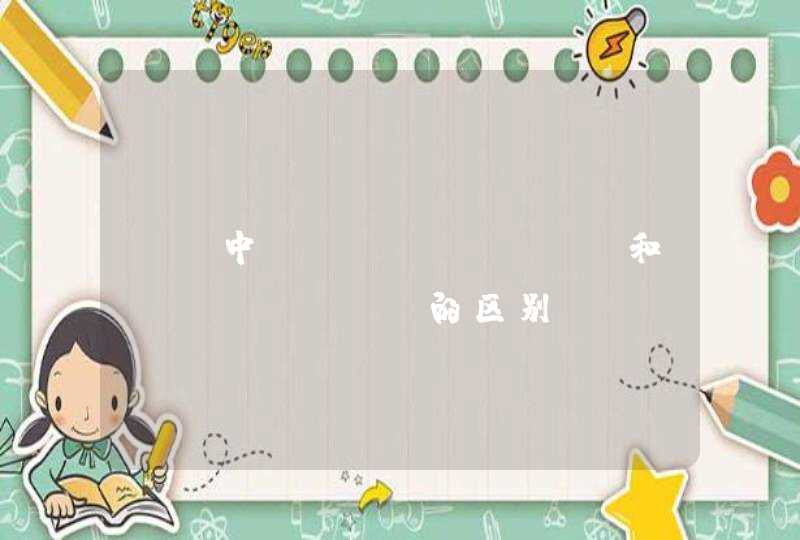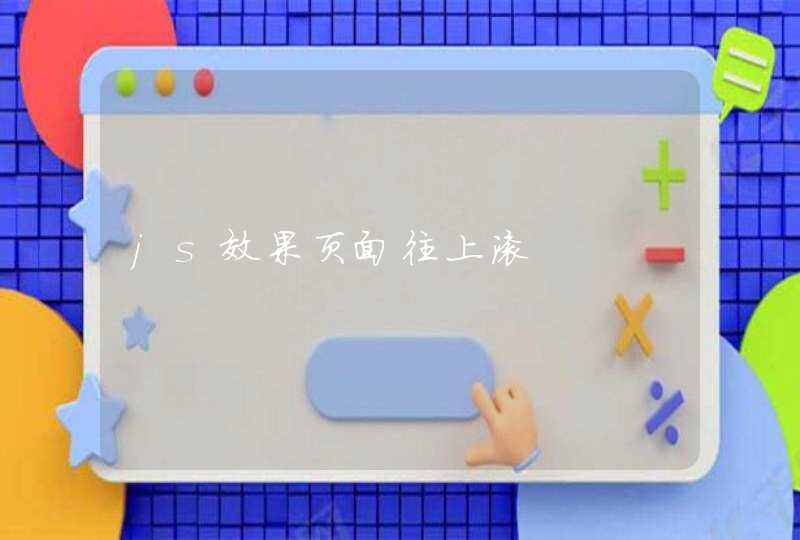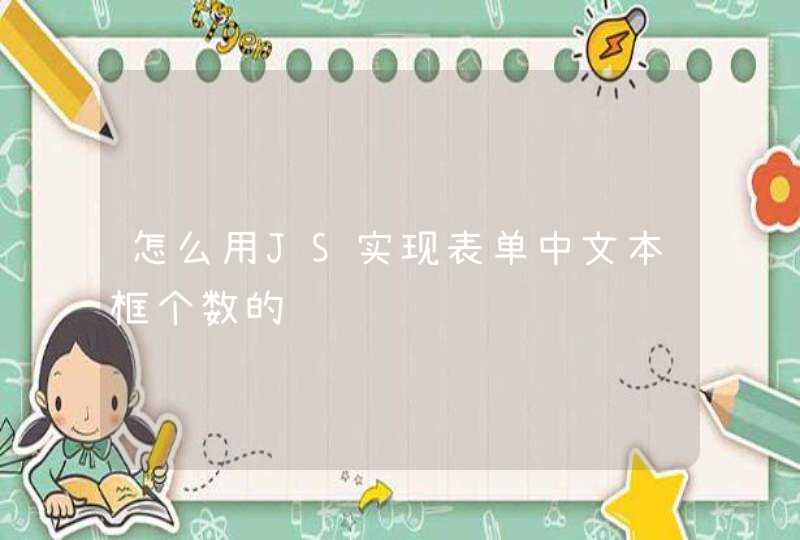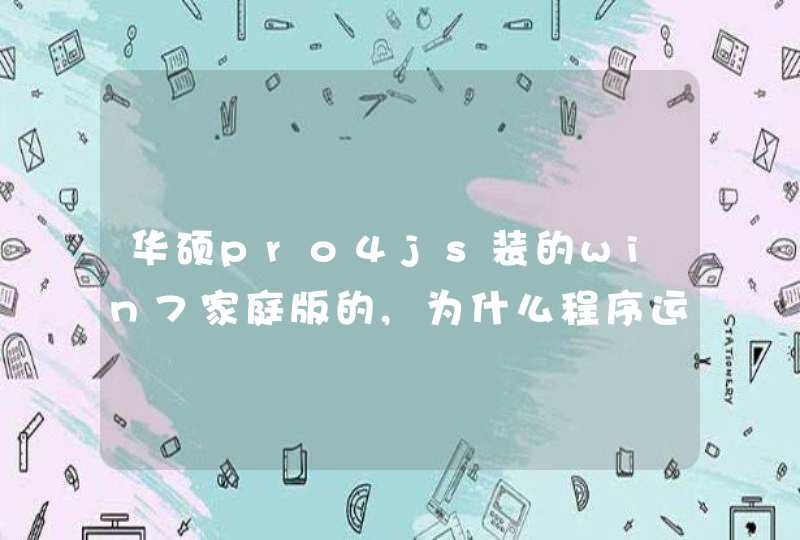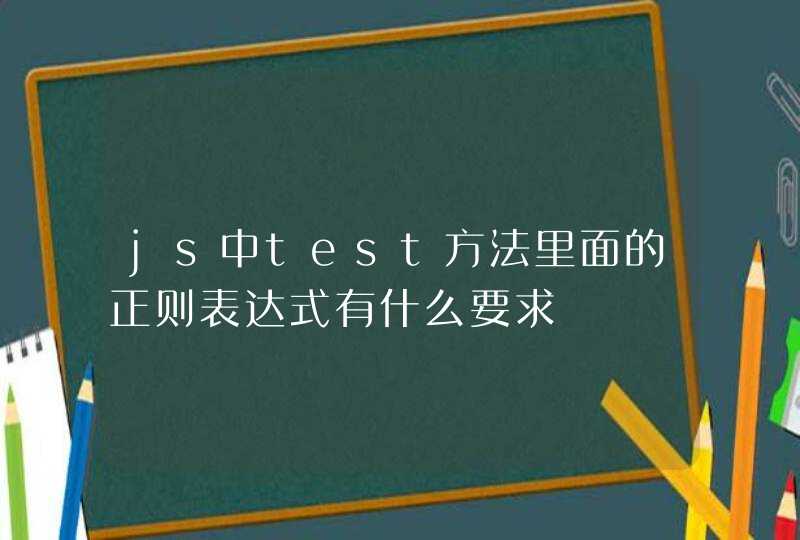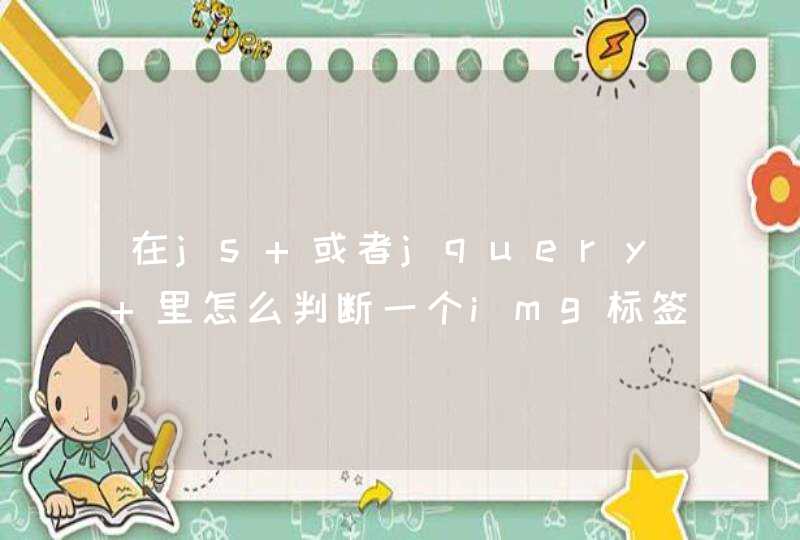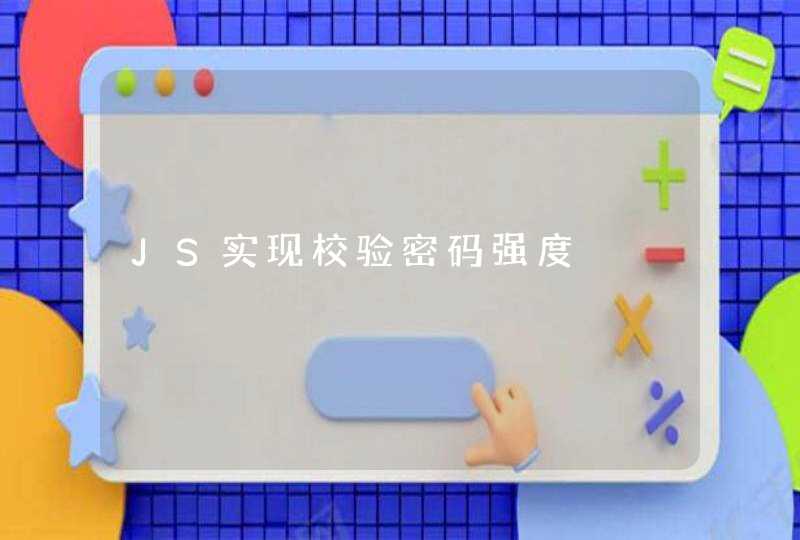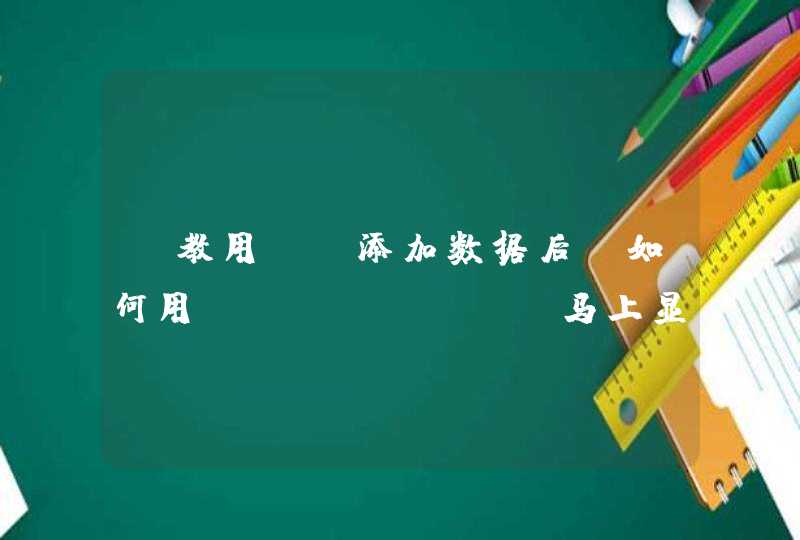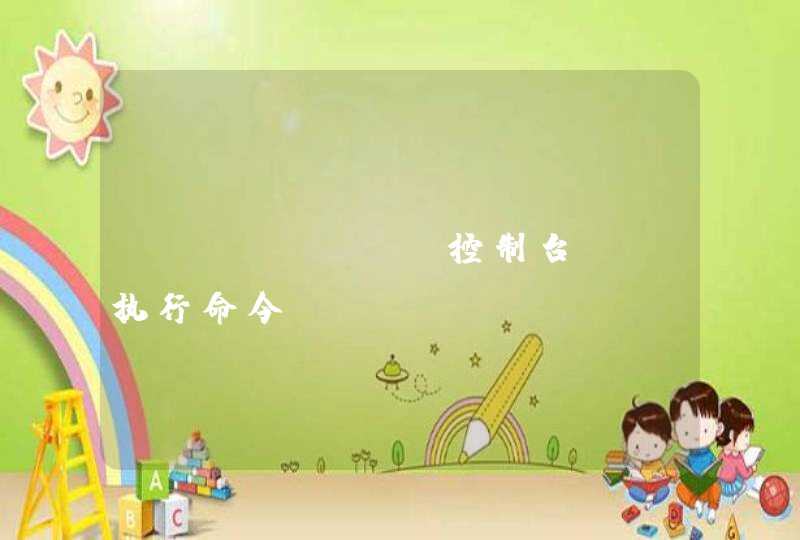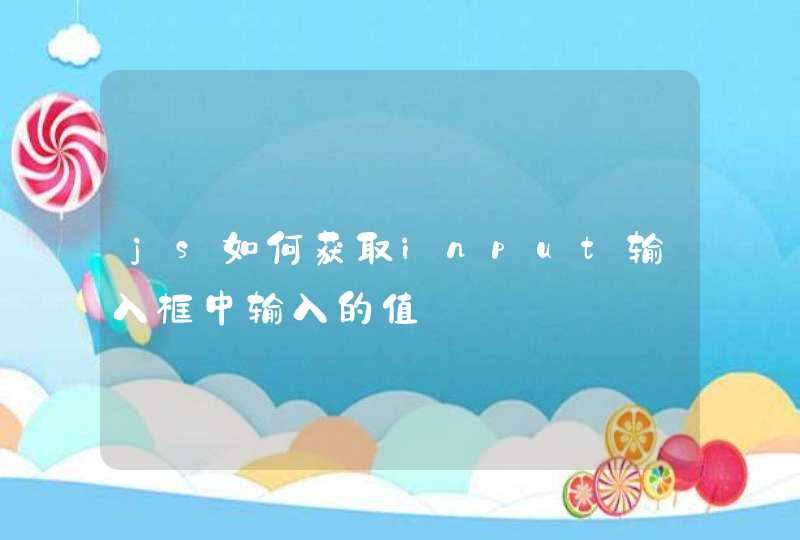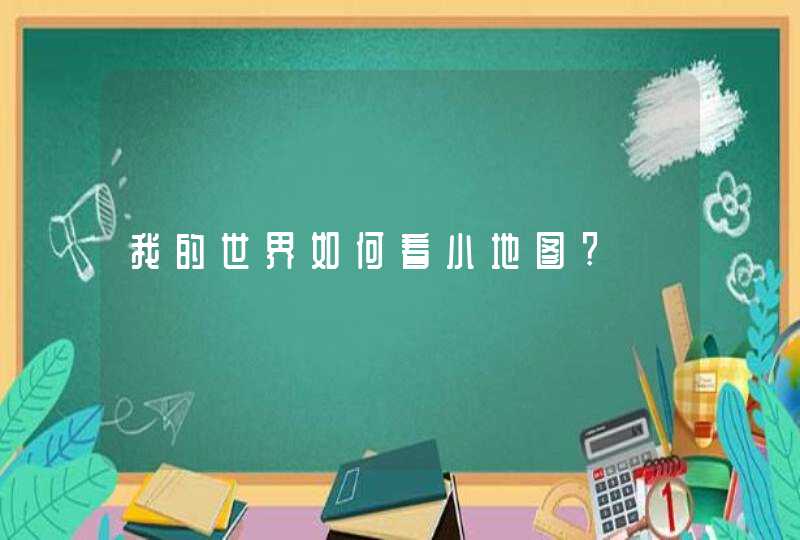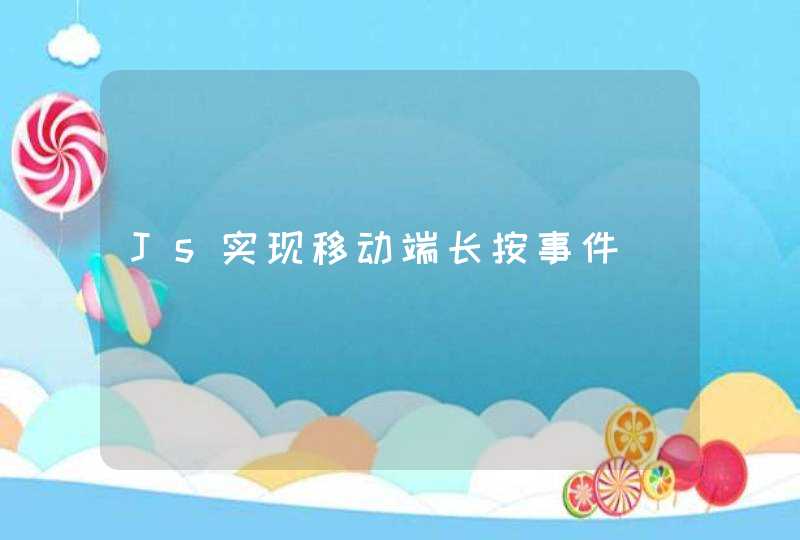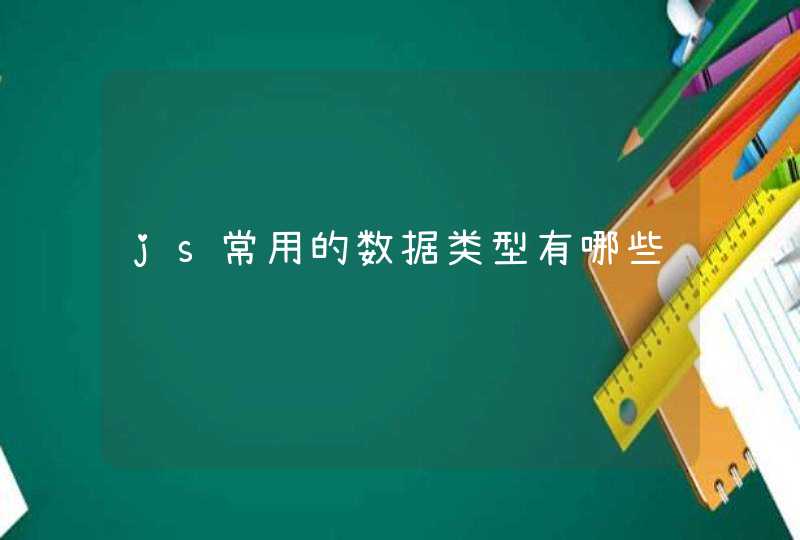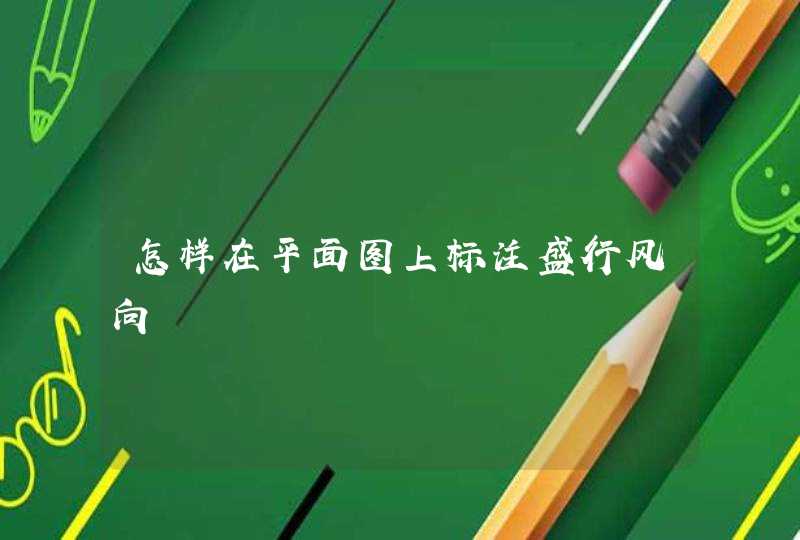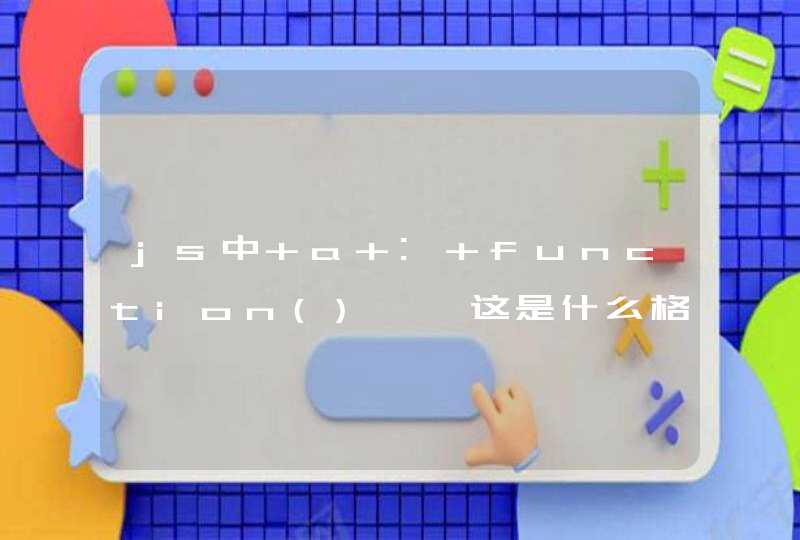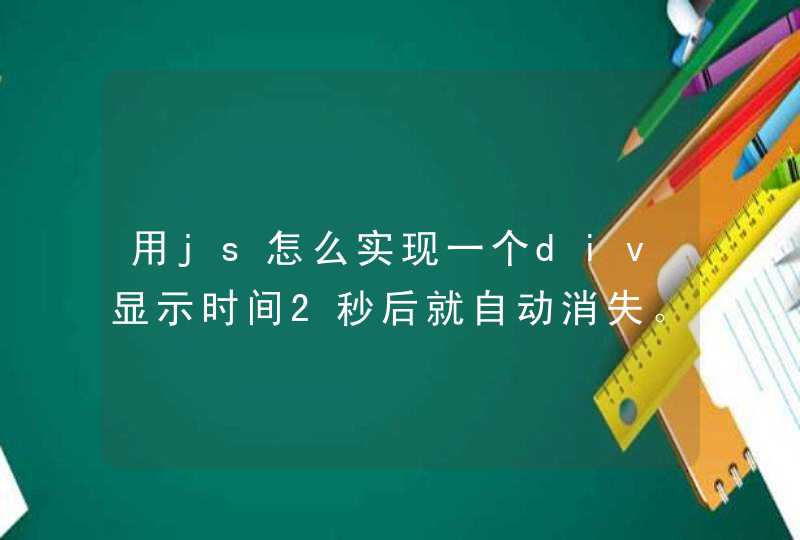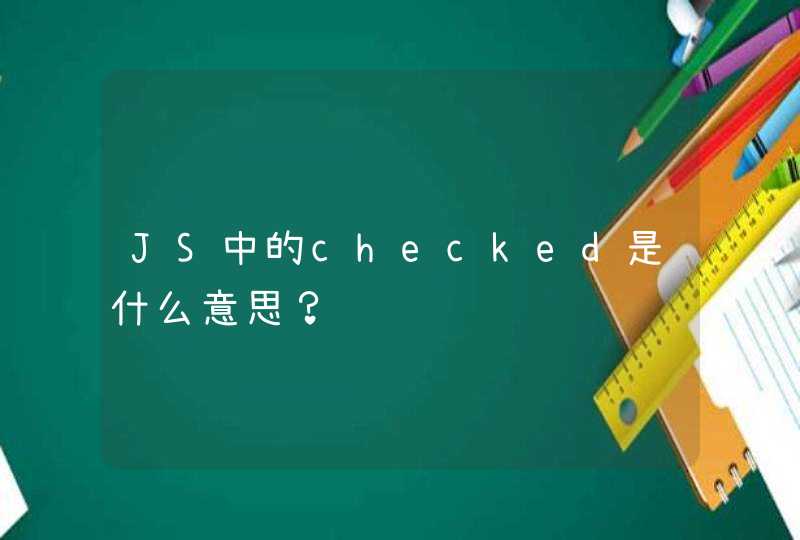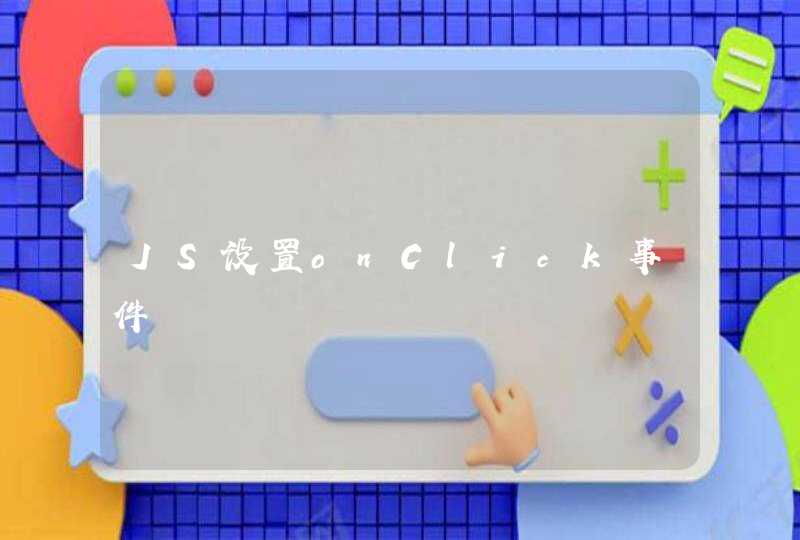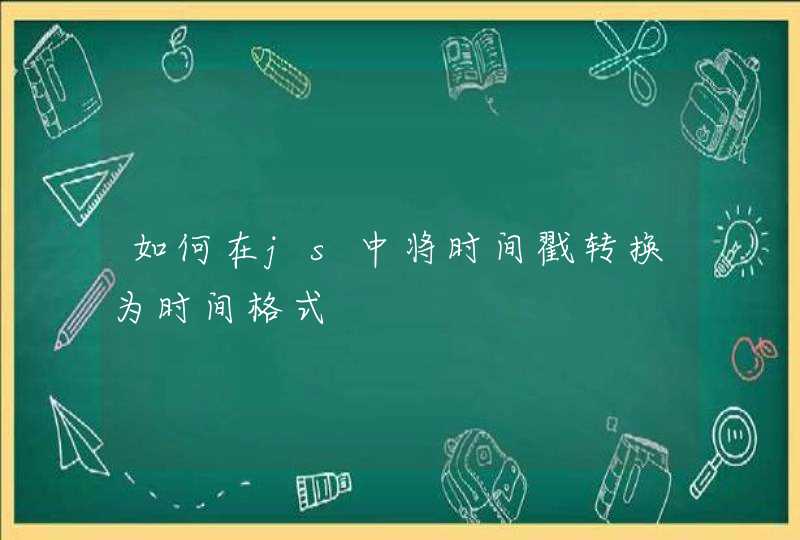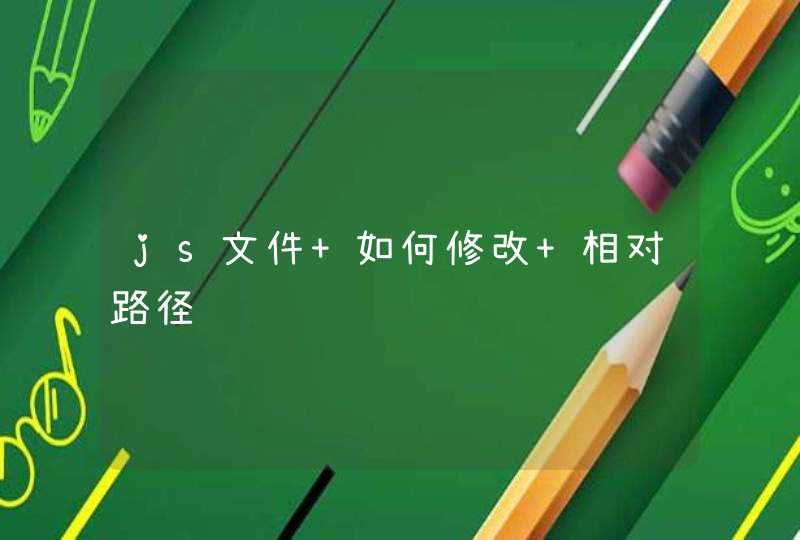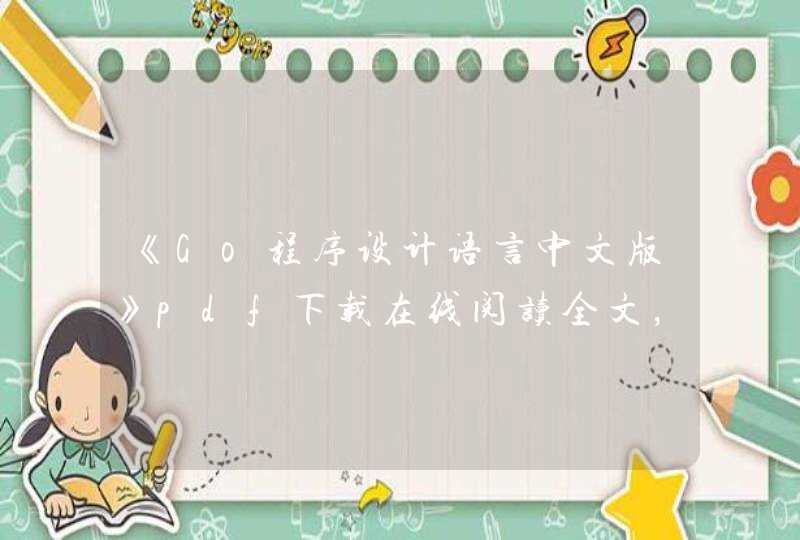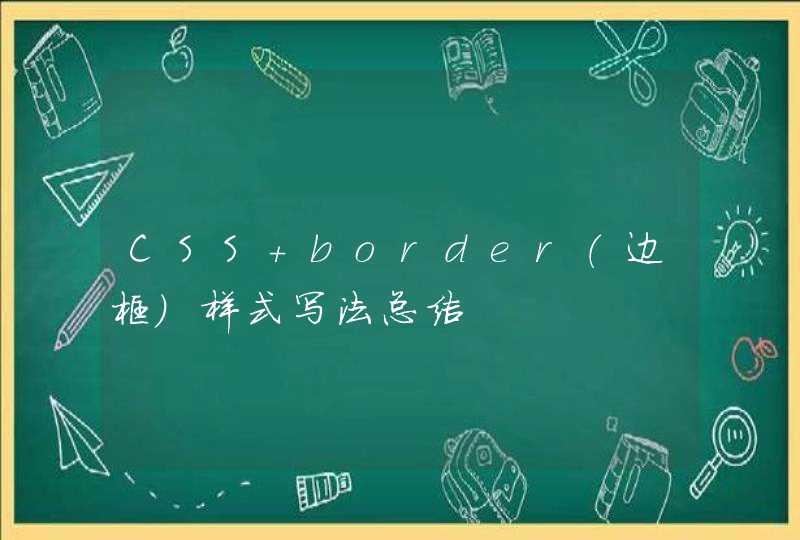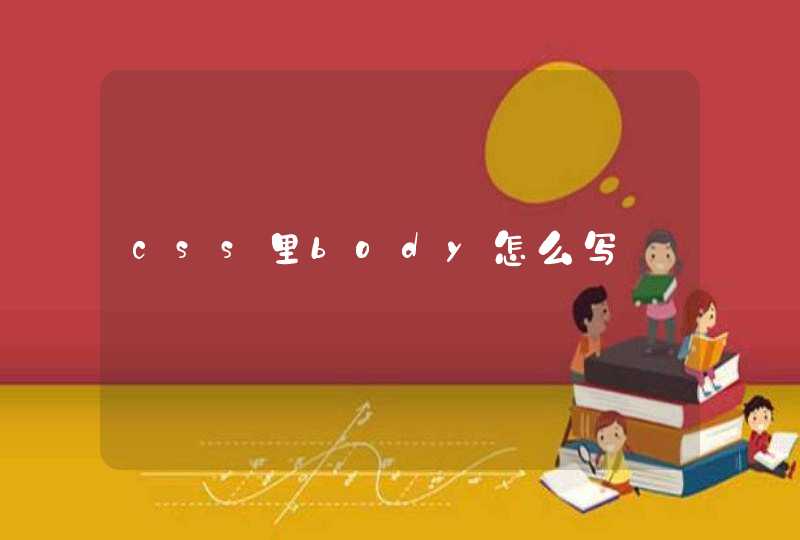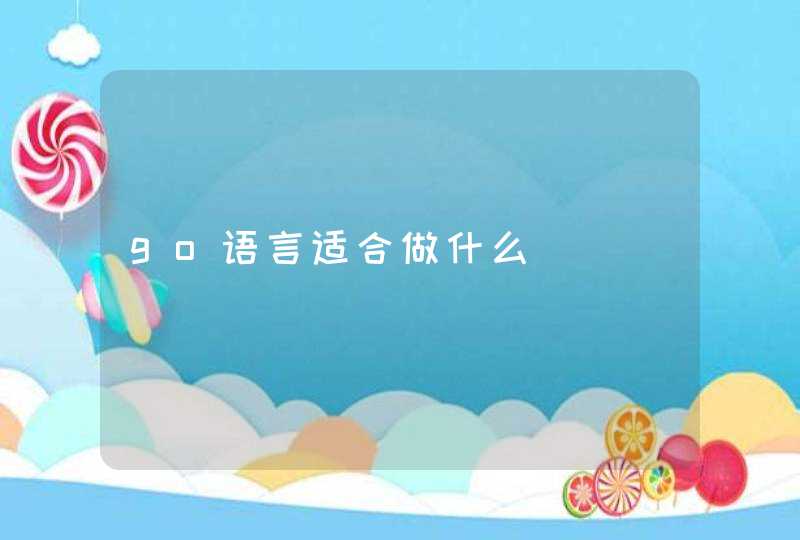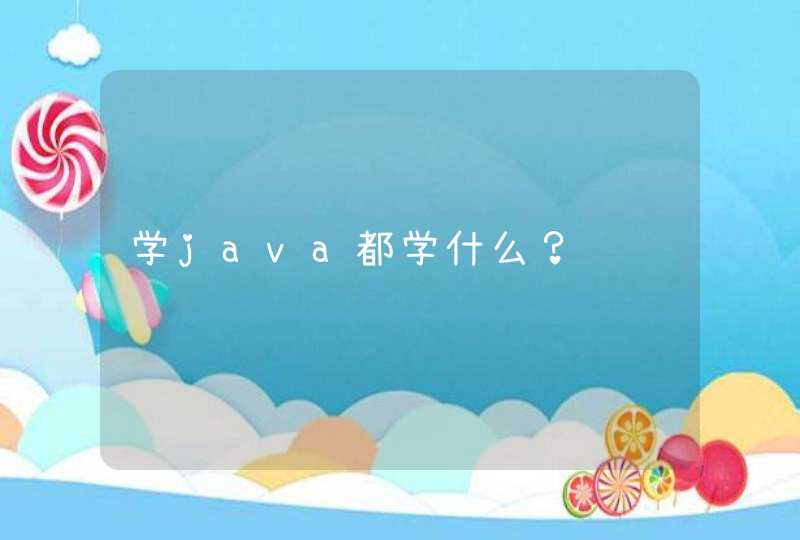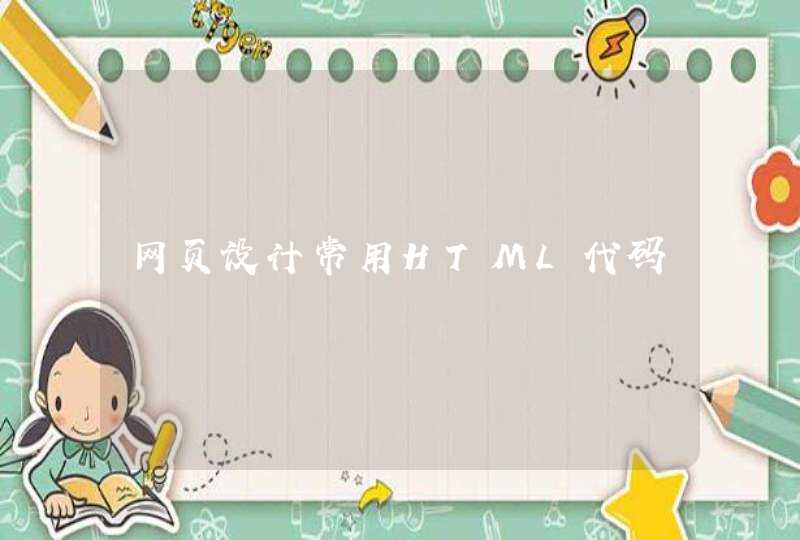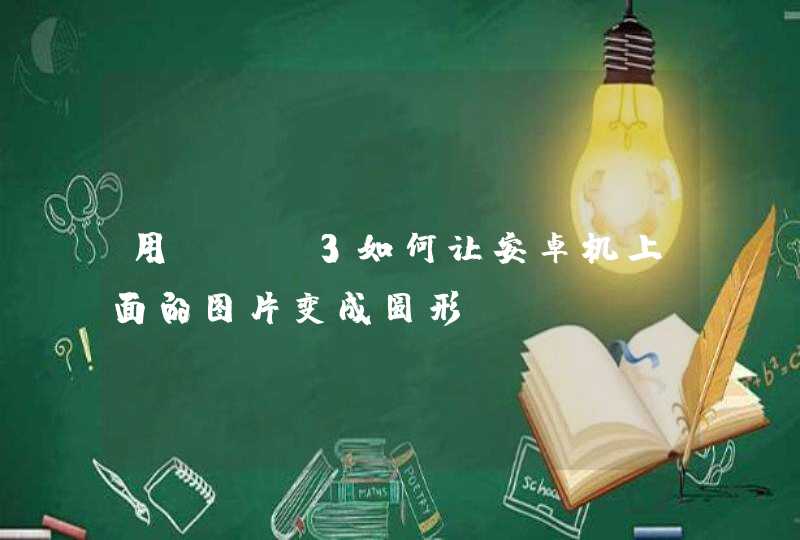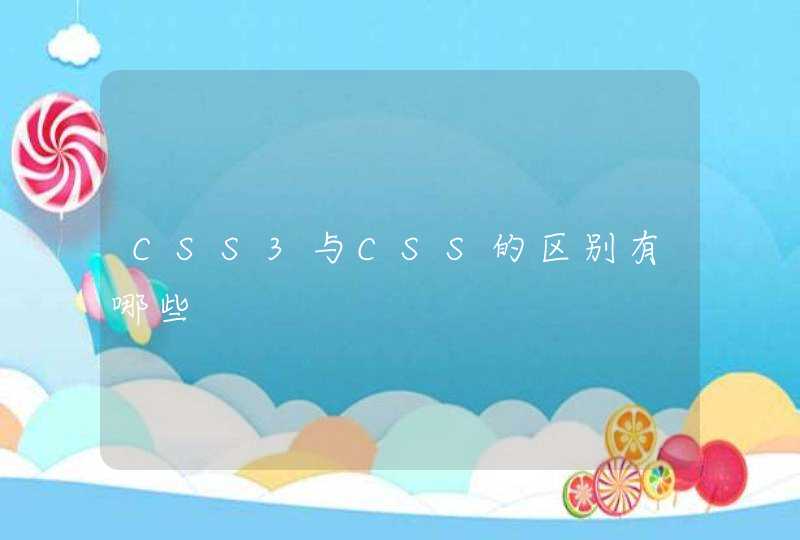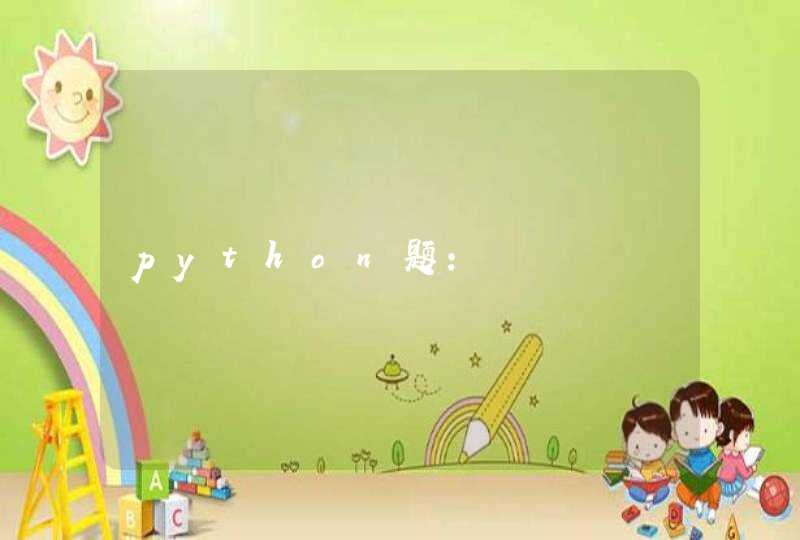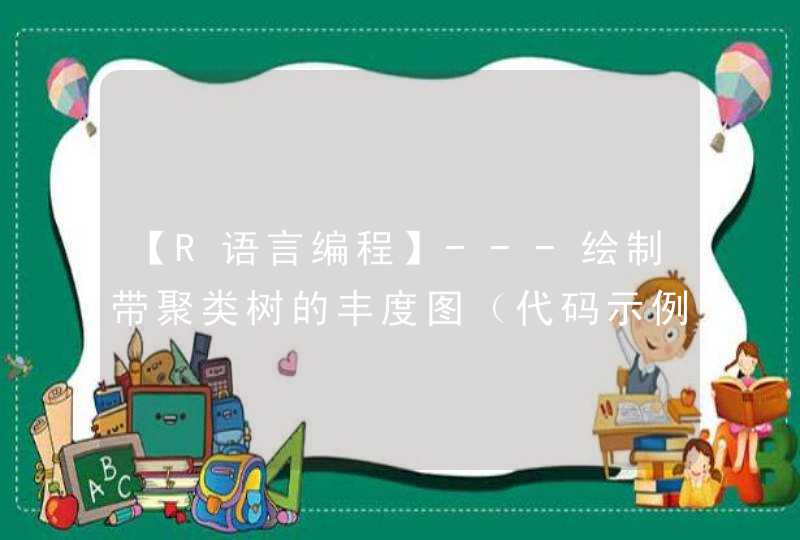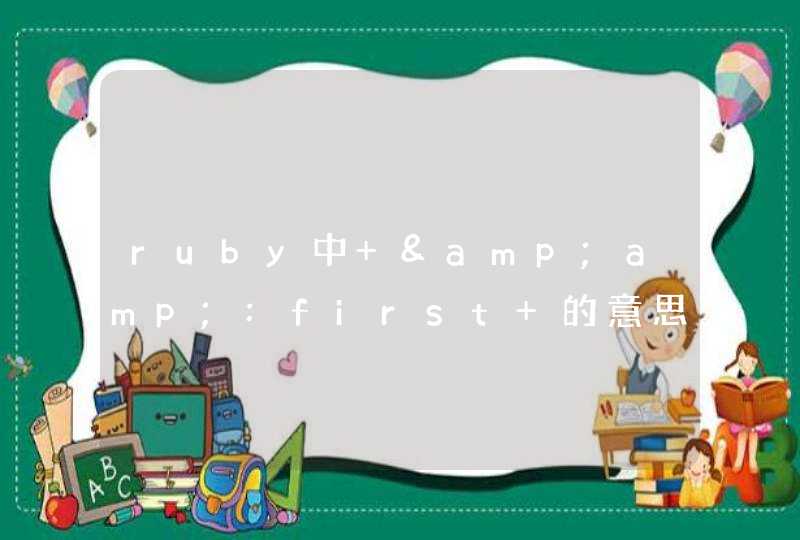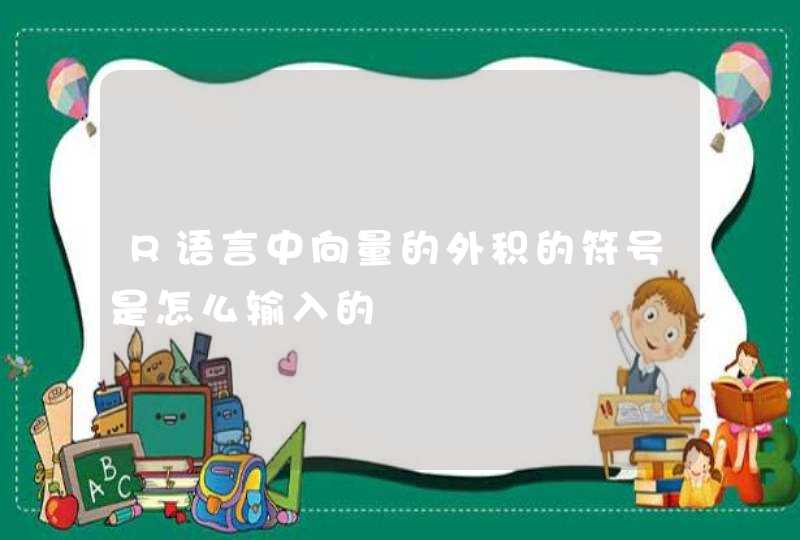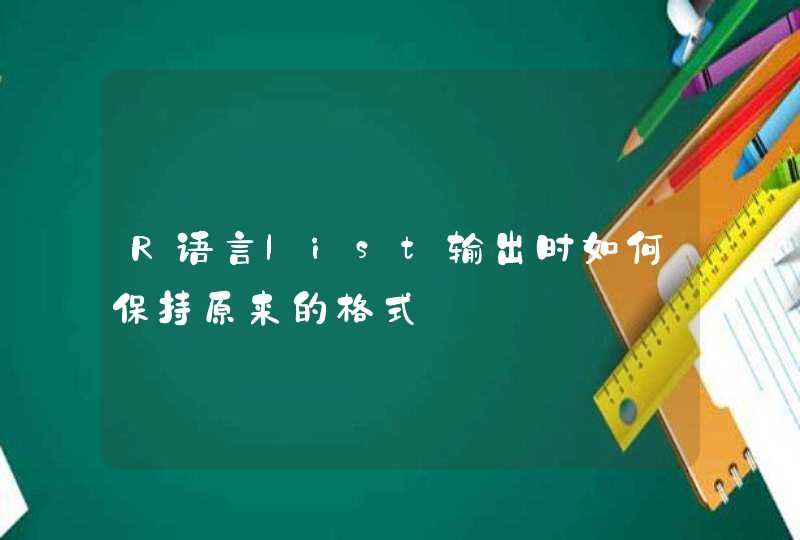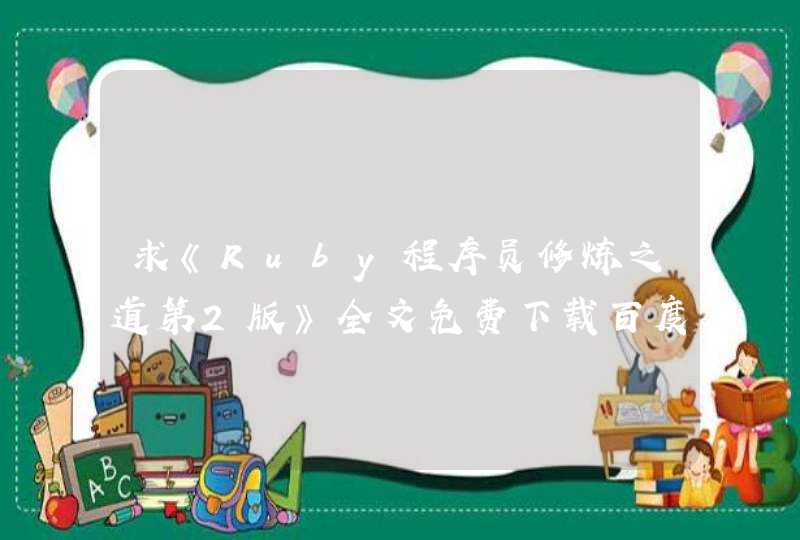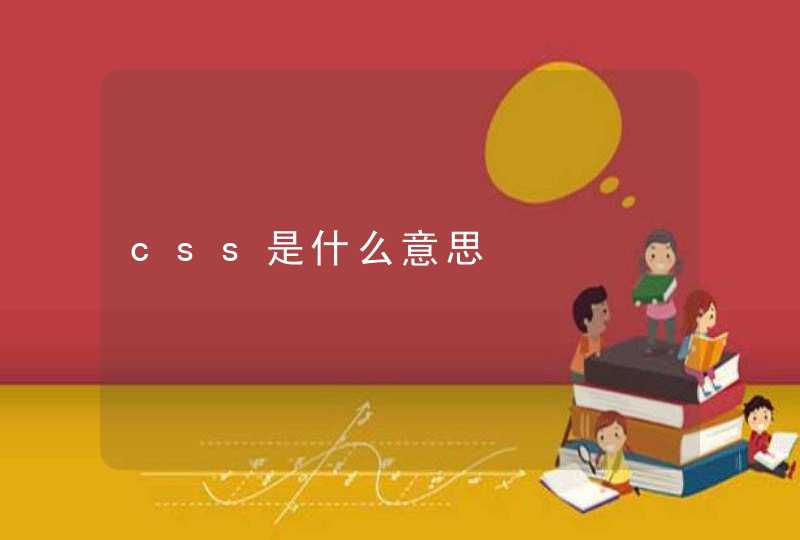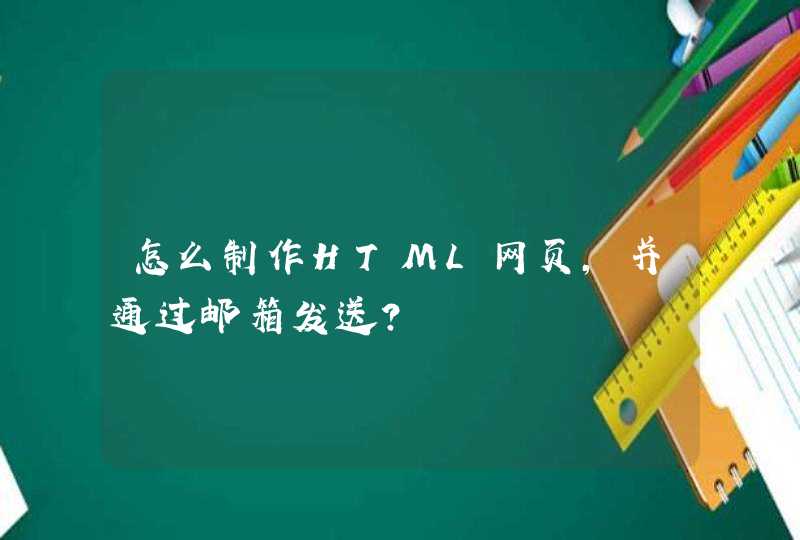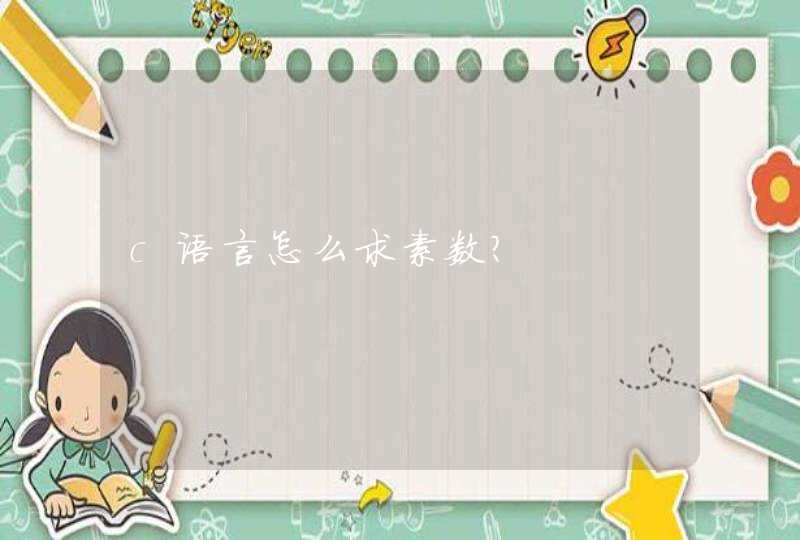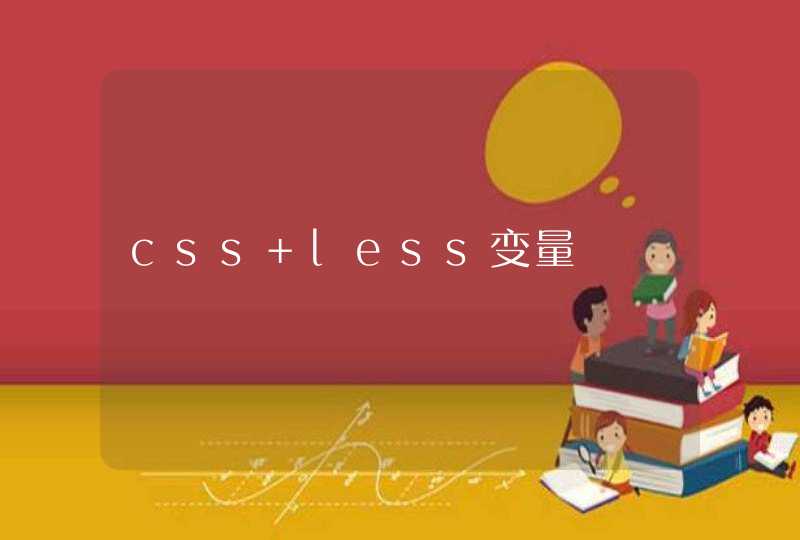
AsyncTaskasyncTask = new AsyncTask() { @Override
protected void onPreExecute() {
super.onPreExecute()
}
//子线程运行的方法
@Override
protected String doInBackground(Void... params) {
//用httpclient请求数据
DefaultHttpClient defaultHttpClient = new DefaultHttpClient()
HttpGet httpGet = new HttpGet(path)
try {
HttpResponse execute = defaultHttpClient.execute(httpGet)
StatusLine statusLine = execute.getStatusLine()
int statusCode = statusLine.getStatusCode()
if (statusCode == 200) {
HttpEntity entity = execute.getEntity()
InputStream content = entity.getContent()
ByteArrayOutputStream byteArrayOutputStream = new ByteArrayOutputStream() int len = 0
byte[] buffer = new byte[1024]
while ((len = content.read(buffer)) != -1) {
byteArrayOutputStream.write(buffer, 0, len)
}
//给主线程返回请求的数据
return byteArrayOutputStream.toString()
}
} catch (IOException e) {
e.printStackTrace()
} return null
}
//主线程运行的方法
@Override
protected void onPostExecute(String s) {
super.onPostExecute(s)
//创建list集合
list = new ArrayList()
//gson解析
Gson gson = new Gson()
final myBean myBean = gson.fromJson(s, myBean.class)
// 把解析出来的内容存入list集合
list = myBean.data
//找控件
ListView listview = (ListView) findViewById(R.id.listview)
//创建自定义适配器
myBaseAdapter adpter = new myBaseAdapter(list, MainActivity.this)
//设置适配器
listview.setAdapter(adpter)
//设置item的条目点击事件
listview.setOnItemClickListener(new AdapterView.OnItemClickListener() {
@Override
public void onItemClick(AdapterView parent, View view, int position, long id) {
//跳转到第二个页面
Intent intent = new Intent(MainActivity.this, SecondActivity.class)
//intent传值
intent.putExtra("IMAGEURL", list.get(position).IMAGEURL)
intent.putExtra("TITLE", list.get(position).TITLE)
intent.putExtra("FROMNAME", list.get(position).FROMNAME)
intent.putExtra("SHOWTIME", list.get(position).SHOWTIME)
intent.putExtra("SUBTITLE",list.get(position).SUBTITLE)
startActivity(intent)
}
})
}
}
asyncTask.execute()
}
}
//////////////////////////////////////////////youhua
if (convertView == null) {
holder = new viewHolder()
convertView = convertView.inflate(context, R.layout.item, null)
holder.imageView = (ImageView) convertView.findViewById(R.id.imageview)
holder.title = (TextView) convertView.findViewById(R.id.TITLE)
holder.FROMNAME = (TextView) convertView.findViewById(R.id.FROMNAME)
holder.SHOWTIME = (TextView) convertView.findViewById(R.id.SHOWTIME)
convertView.setTag(holder)
} else {
holder = (viewHolder) convertView.getTag()
}
//这步骤是用imageloder加载图片的
http://www.jianshu.com/p/a8cbb228fb83
这个网址里有
DisplayImageOptions displayImageOptions = new DisplayImageOptions.Builder()
.cacheInMemory(true)
.cacheOnDisk(true) .build()
ImageLoaderConfiguration config = new ImageLoaderConfiguration.Builder(context)
.defaultDisplayImageOptions(displayImageOptions)
.build()
ImageLoader.getInstance().init(config)
ImageLoader.getInstance().displayImage(list.get(position).IMAGEURL, holder.imageView)
holder.title.setText(list.get(position).TITLE)
holder.FROMNAME.setText(list.get(position).FROMNAME)
holder.SHOWTIME.setText(list.get(position).SHOWTIME)
return convertView
}
解析惊悚 ViewLoader
JS中万物都是对象,今天就深度讲一下Object的里面到底有什么。文章主要讲对象的自有属性和原型中的属性,至于原型链就不在这篇文章多讲了。
创建对象的方法有如下几种
Object.assign() 方法用于将其他对象的可枚举属性复制到目标对象(即第一个参数对象)
常用于将某个对象合并到新对象{}。
常用于继承某个构造函数的原型属性,但是不能继承该构造函数的实例属性,例如上面例子
该属性是实现vue双向数据绑定的核心,这里主要讲它的使用方法。
讲它的相关用法时,就得先理解 的概念。
1.数据属性
数据属性的四个特性
configurable: 表示是否能被delete删除属性且能重新定义该属性。
enumerable: 表示能否通过for-in遍历的属性。
writable: 表示是否能修改属性。
value: 属性的值。
2.访问器属性
数据属性不包含数据值,包含一对get和set的核心方法,在读取访问器属性时,就是通过这两个方法进行操作处理的。
访问器属性的四个特性
configurable: 表示是否能被delete删除属性且能重新定义该属性。
enumerable: 表示能否通过for-in遍历的属性。
get: 读取属性时调用的方法,默认值是undefined。
set: 写入属性时调用的方法,默认值是undefined。
从图中可以看到访问器属性的configurable和enumerable两个属性的默认值都是false,如果后面要对该访问器属性进行delete删除时,将configurable转化成true即可。
从图可以看出该对象具有四个属性,
(defineProperty、defineProperties、getOwnPropertyDescriptor、getOwnPropertyDescriptors)
这四个属性是分为两对:defineProperty vs getOwnPropertyDescriptor、defineProperties vs getOwnPropertyDescriptors。
意思为属性设置和属性的获取解析,第一对上面讲过了,这里就大概说一下第二对的意思,也就是支持设置对个属性,获取多个属性的意思。
Object.defineProperties()
Object.getOwnPropertyDescriptors()
打印出对象的所有属性
Object.entries() 方法返回一个给定对象
Object转Map
new Map()构造函数接受一个二维数组,而Object.entries()方法生成一个二维数组,所以对象、数组、字数串转化为Map结构变得简单。
正常对象的数据属性都可以被 但是通过以下方法,改变了数据属性的四大特性。
相对应的检测方法,返回Boolean。
举例
Object.freeze()方法可冻结对象,冻结后,对象属性不能删除,修改以及添加,只能for...in读取。
该对象方法和==与===运算符相似,但是有明显区别。
Object.is与==比较
== 会将两边的操作数进行隐式转化,之后再进行比较,但是Object.is就不会进行转化。
Object.is与===比较
=== NaN和NaN不等,-0与+0相等,但是Object.is就认为NaN和NaN是相等,而-0和+0是不相等的。
所以总的来说这两个的相似程度比== 运算符更相近。
Object.keys()返回一个 名称(键)的数组
Object.values()返回可枚举属性值得数组
Object.setPrototypeOf(obj, prototype)
为对象obj设置新的原型对象。
注意
如果对象的[[Prototype]]被修改成不可扩展(通过 Object.isExtensible() 查看),就会抛出 TypeError 异常。如果 prototype 参数不是一个对象或者 null (例如,数字,字符串,boolean,或者 undefined ),则什么都不做。否则,该方法将 obj 的 [[Prototype]] 修改为新的值。
下篇文章 JS 对象(Object)的深入解析—原型属性
场景:从后台请求回来的数据中带有json格式的字符串,需要处理成json对象才能进行操作。JSON.parse(): 使用JSON.parse方法来解析json字符串。 报错: Uncaught SyntaxError: Unexpected token } in JSON at position 30 Uncaught SyntaxError: Unexpected token ' in JSON at position 1 这种报错是由于,json字符串的格式有问题,json字符串中对象的最后一个元素后面不可以再加','逗号了。比如'{ "name": "cxh", "sex": "man",}'使用JSON.parse()就会报错,而且 在json字符串中键值对需要用双引号引起来。 解决方案:使用eval()() 报错:SyntaxError: Unexpected token e in JSON at position 1 由于请求回来的json中带有转义字符,所以才会报这个错误。解决方案:带有转义字符的json字符串使用json json数据使用JSON.parse()有浏览器是不兼容JSON这个对象的,或者有的里面有JSON.parse解析不了的东西,所以暂时还是使用: eval("("+data+")") json源数据字符有转义符应该是必须的,你要看解析出来后是否有多余的转义符json转字符串JSON.stringify总体效果还可以: 前导 0 和小数点报错:SyntaxError: JSON.parse: expected ',' or '}' after property value SyntaxError: JSON.parse: unterminated fractional number Uncaught SyntaxError: Unexpected number in JSON at position 25 Uncaught SyntaxError: Unexpected token } in JSON at position 26 数字不能用 0 开头,比如01,并且你的小数点后面必须跟着至少一个数字。
